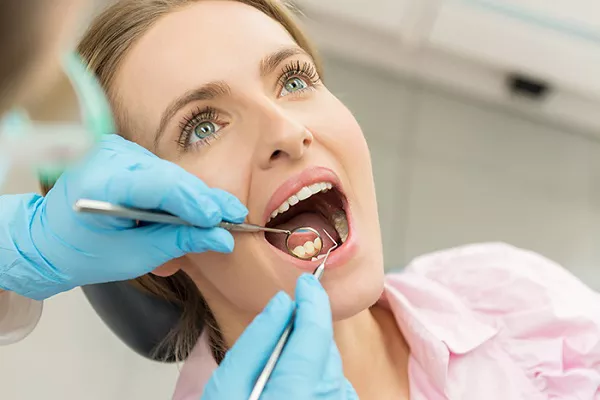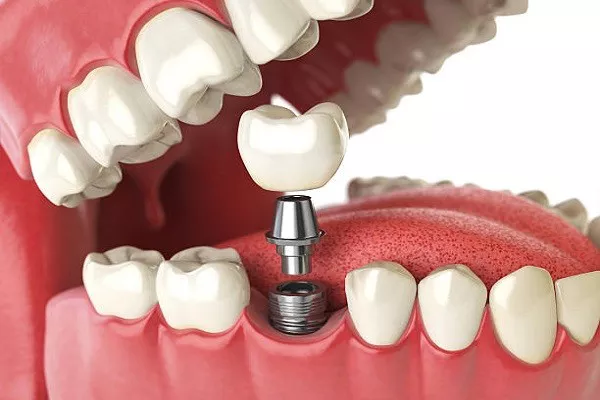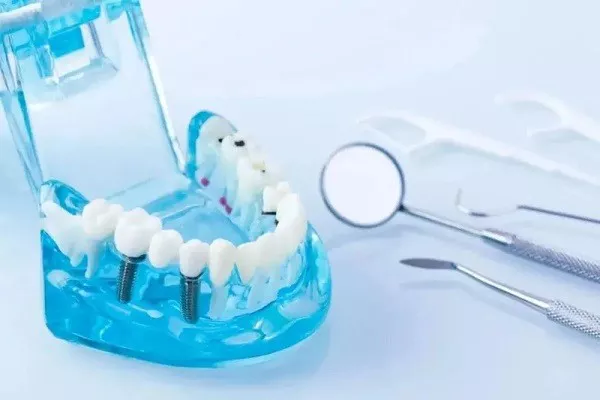Orthodontic work refers to the field of dentistry that focuses on correcting misaligned teeth and jaws. With the help of orthodontic treatment, individuals can achieve a straighter, healthier smile that improves their overall oral health and self-esteem. In this article, we will explore what is involved in orthodontic work, why it matters, and what to expect during the process.
What is Orthodontic Work?
Definition
Orthodontic work involves the diagnosis, prevention, and treatment of dental and facial irregularities. This includes fixing crooked teeth, crowded teeth, gaps between teeth, overbites, underbites, and other bite-related issues.
Types of Orthodontic Treatment
- Braces: Traditional braces involve metal brackets and wires that are attached to the teeth and adjusted periodically by an orthodontist. Clear braces and lingual braces are also available.
- Invisalign: A series of clear plastic aligners are used to gradually move teeth into their correct positions. They are virtually invisible and can be removed for eating, brushing, and flossing.
- Retainers: After braces or Invisalign, retainers are worn to keep teeth in their new positions.
Benefits of Orthodontic Treatment
Orthodontic treatment offers several benefits, including:
- Improved appearance: Straighter teeth can improve your smile and boost your confidence.
- Better oral health: Misaligned teeth can cause problems with biting, chewing, and speaking, as well as increase the risk of tooth decay and gum disease.
- Reduced wear and tear: Teeth that are aligned properly experience less wear and tear over time, reducing the risk of future dental issues.
- Improved jaw alignment: Orthodontic treatment can also improve the alignment of the jaw, leading to better overall facial symmetry and reducing the risk of TMJ disorders.
Why is Orthodontic Work Important?
Health Benefits
Orthodontic work is essential for maintaining good oral health. Misaligned teeth can cause a range of problems, including:
- Tooth decay and gum disease: Misaligned teeth are harder to clean, increasing the risk of plaque buildup and cavities.
- Speech difficulties: When teeth don’t fit together properly, it can be difficult to speak clearly.
- Jaw pain: Misaligned teeth can put pressure on the jaw, leading to TMJ disorders and chronic pain.
- Chewing difficulties: Crooked teeth can make it difficult to bite and chew certain foods, which can lead to digestive issues.
Aesthetic Benefits
Orthodontic treatment not only improves oral health but also enhances one’s appearance. With straighter teeth and a more symmetrical smile, individuals can feel more confident in social and professional settings.
What to Expect During Orthodontic Treatment
- Initial Consultation
During the initial consultation with an orthodontist, they will examine your teeth and take x-rays and impressions to determine the best course of treatment. They will also discuss the cost and duration of treatment.
- Placement of Braces or Invisalign
If you opt for traditional braces, the orthodontist will attach brackets to your teeth using dental cement, and then thread wires through them. You will need to visit the orthodontist every few weeks to have the wires tightened.
If you choose Invisalign, you will receive a series of clear plastic aligners that you will change out every two weeks. The aligners gradually shift your teeth into their correct positions.
- Wearing Retainers
After completing orthodontic treatment, you will be given retainers to wear. These will help keep your teeth from shifting back into their old positions.
Orthodontic work is an essential part of maintaining good oral health and improving one’s appearance. With a range of treatment options available, individuals can achieve a straighter, healthier smile that boosts their confidence and overall well-being. If you are considering orthodontic treatment, consult with an experienced orthodontist to determine the best course of action for your individual needs.
Related Topics:





























